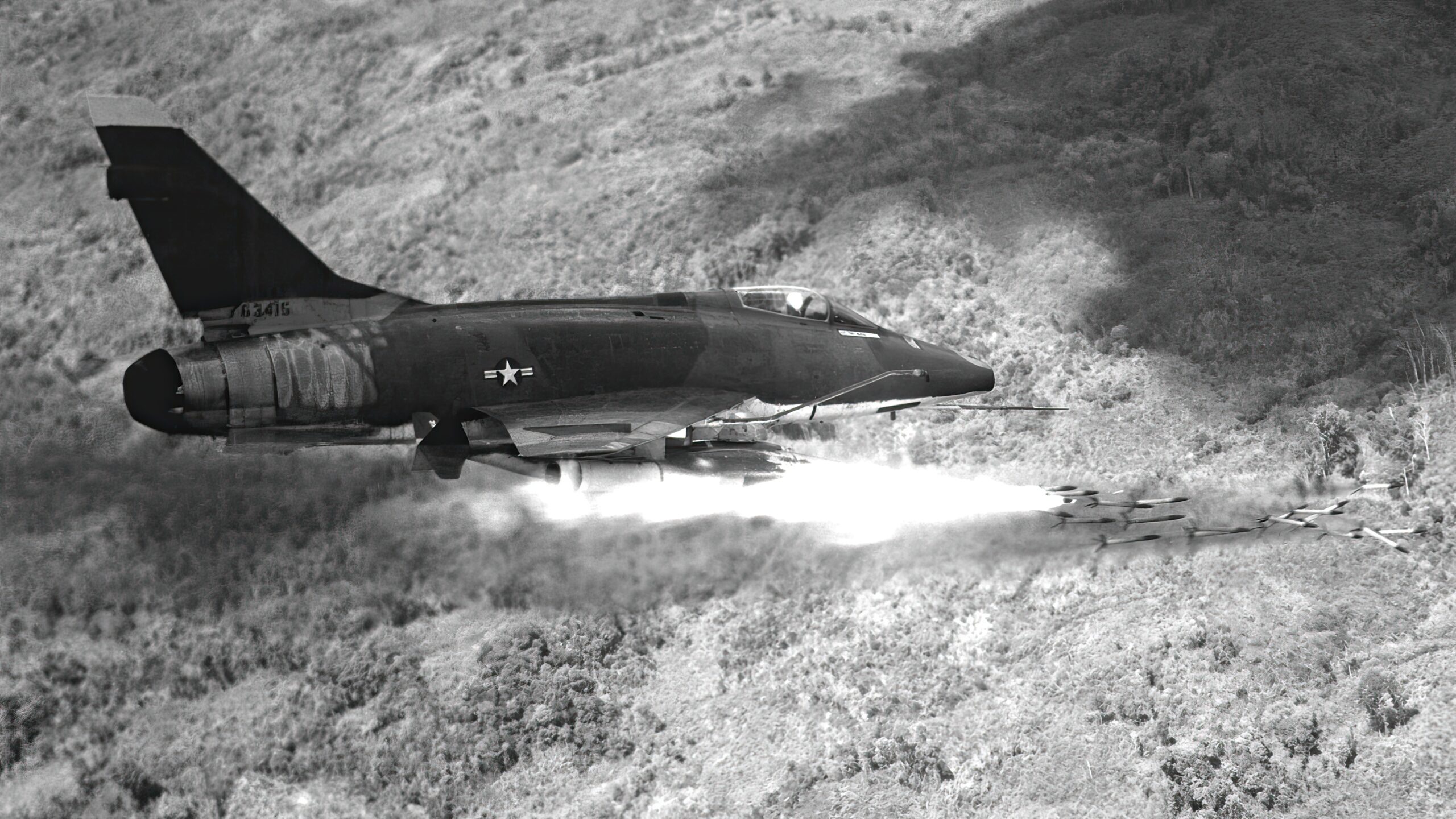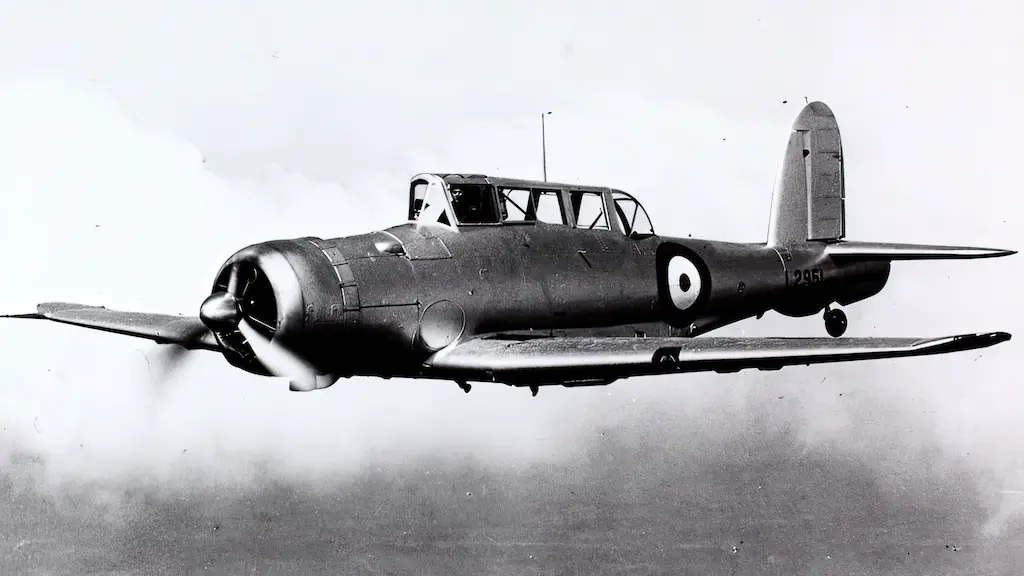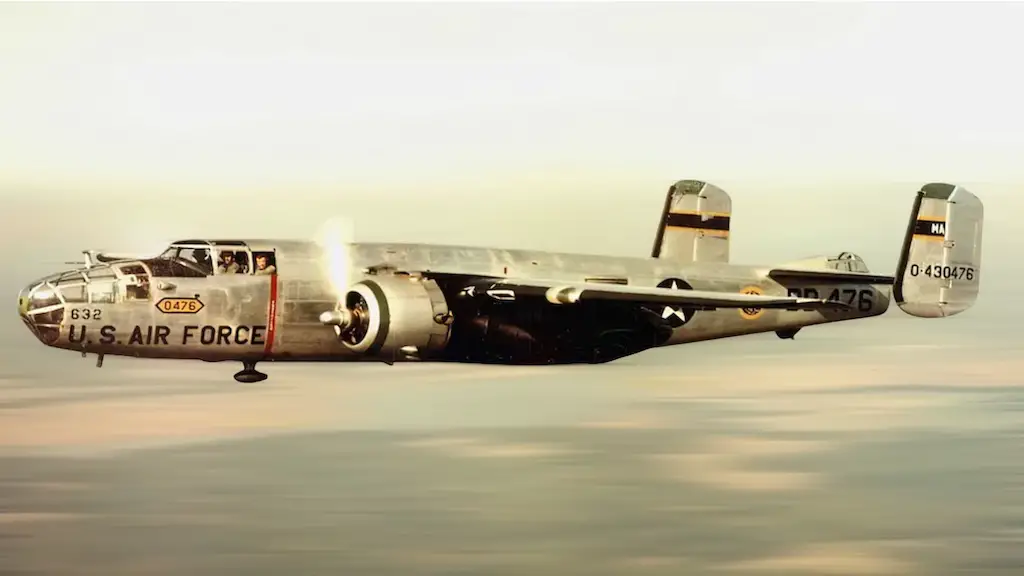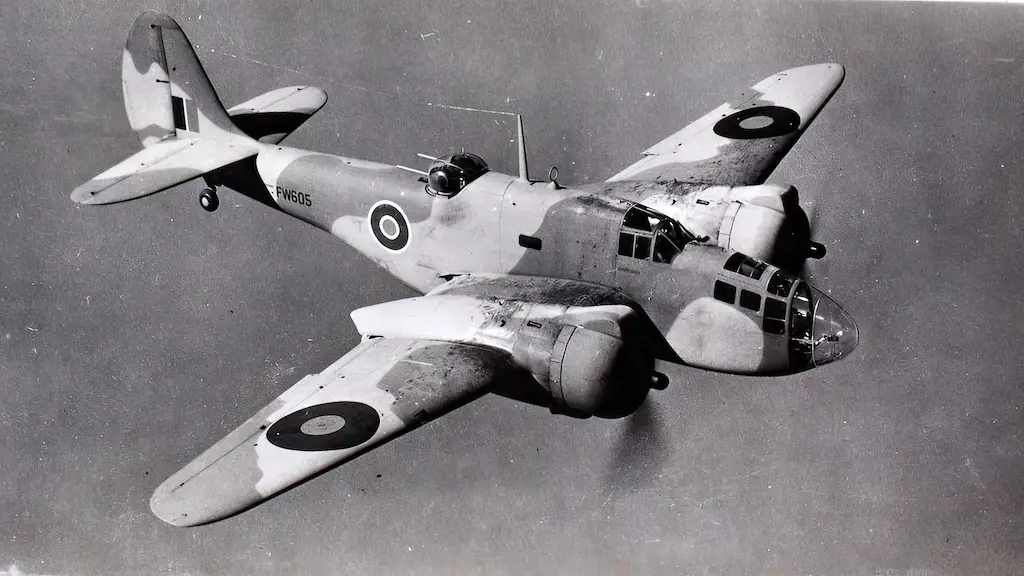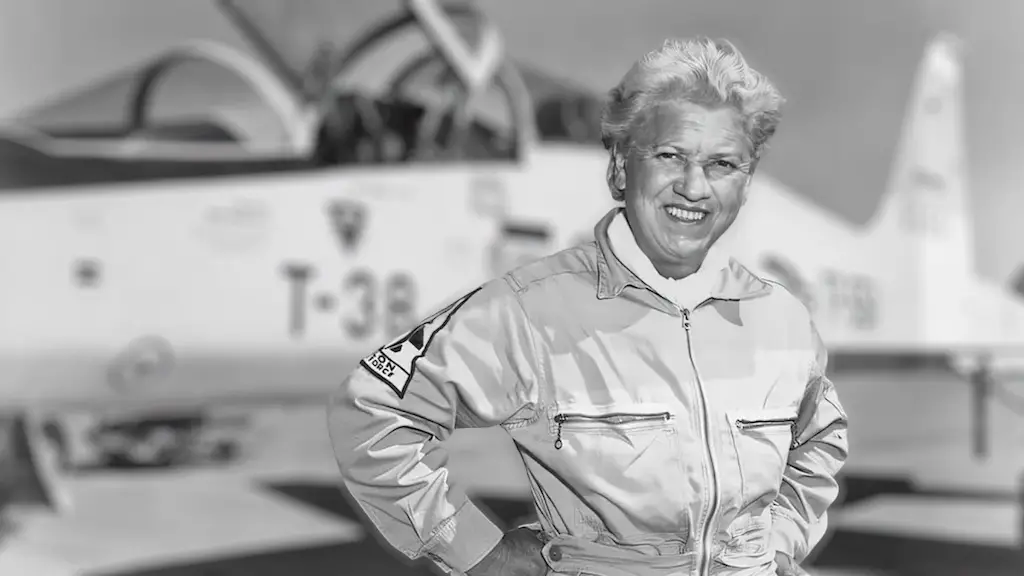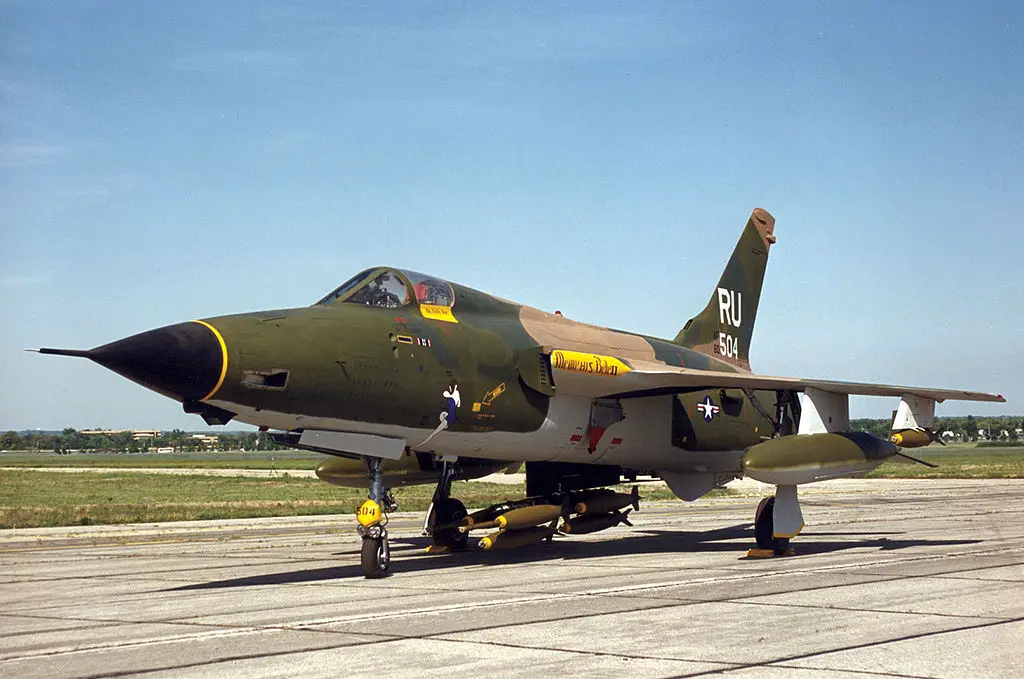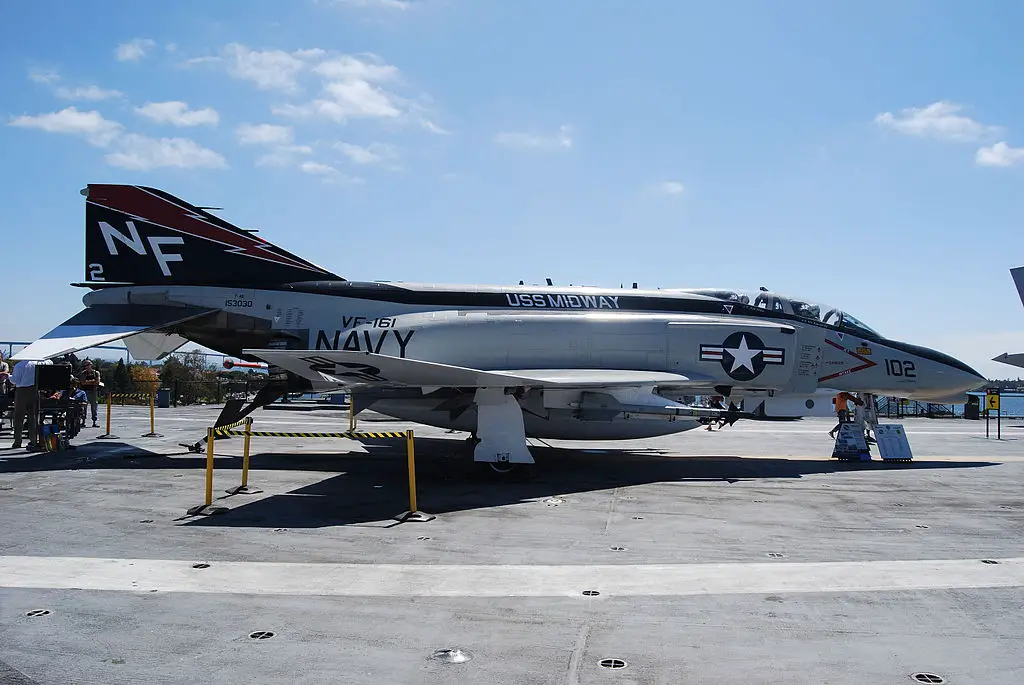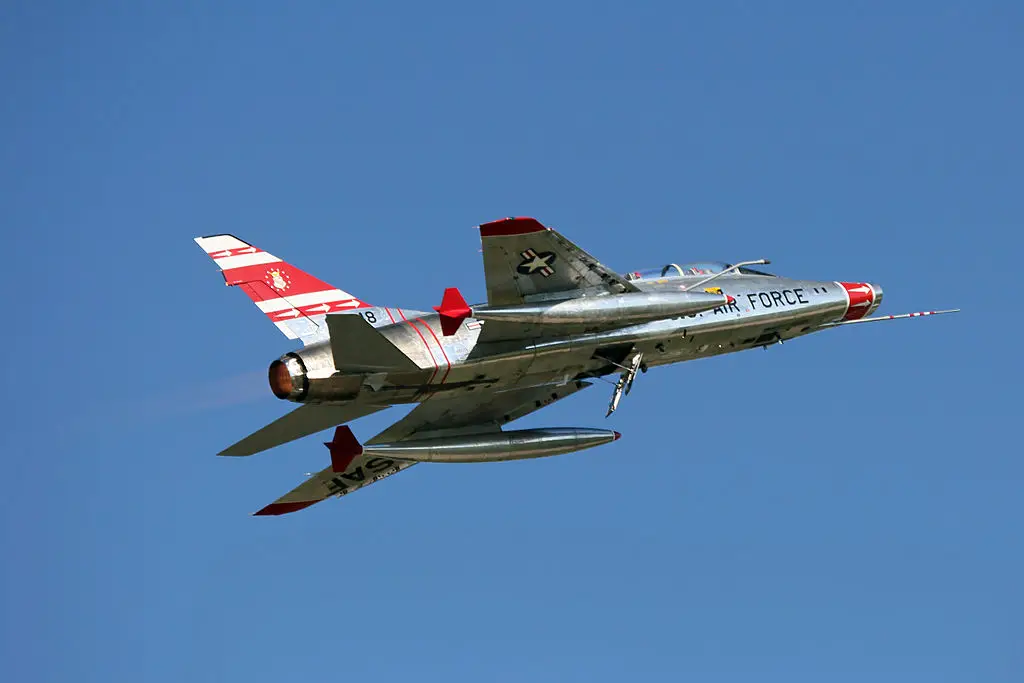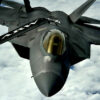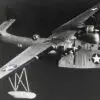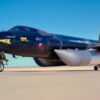An exceptional documentary premiered on PBS stations on May 2, 2022, that introduced audiences to the never-before-told story of 157 U.S. Air Force fighter pilots and their experimental unit designed to disrupt the flow of Viet Cong logistics, particularly weapons, into Southern Vietnam during the Vietnam War.
Change of aircraft
The U.S. Air Force usually flew the slower propeller-driven aircraft to locate North Vietnamese personnel and supplies moving south along the “Ho Chi Minh Trail.” As the communists reinforced their infiltration routes with anti-aircraft artillery and surface-to-air missiles, the loss rates over certain areas became too great. To remedy this problem the U.S. Air Force decided to use the faster two-seat jet-propelled F-100 Super Sabre using the code name COMMANDO SABRE.
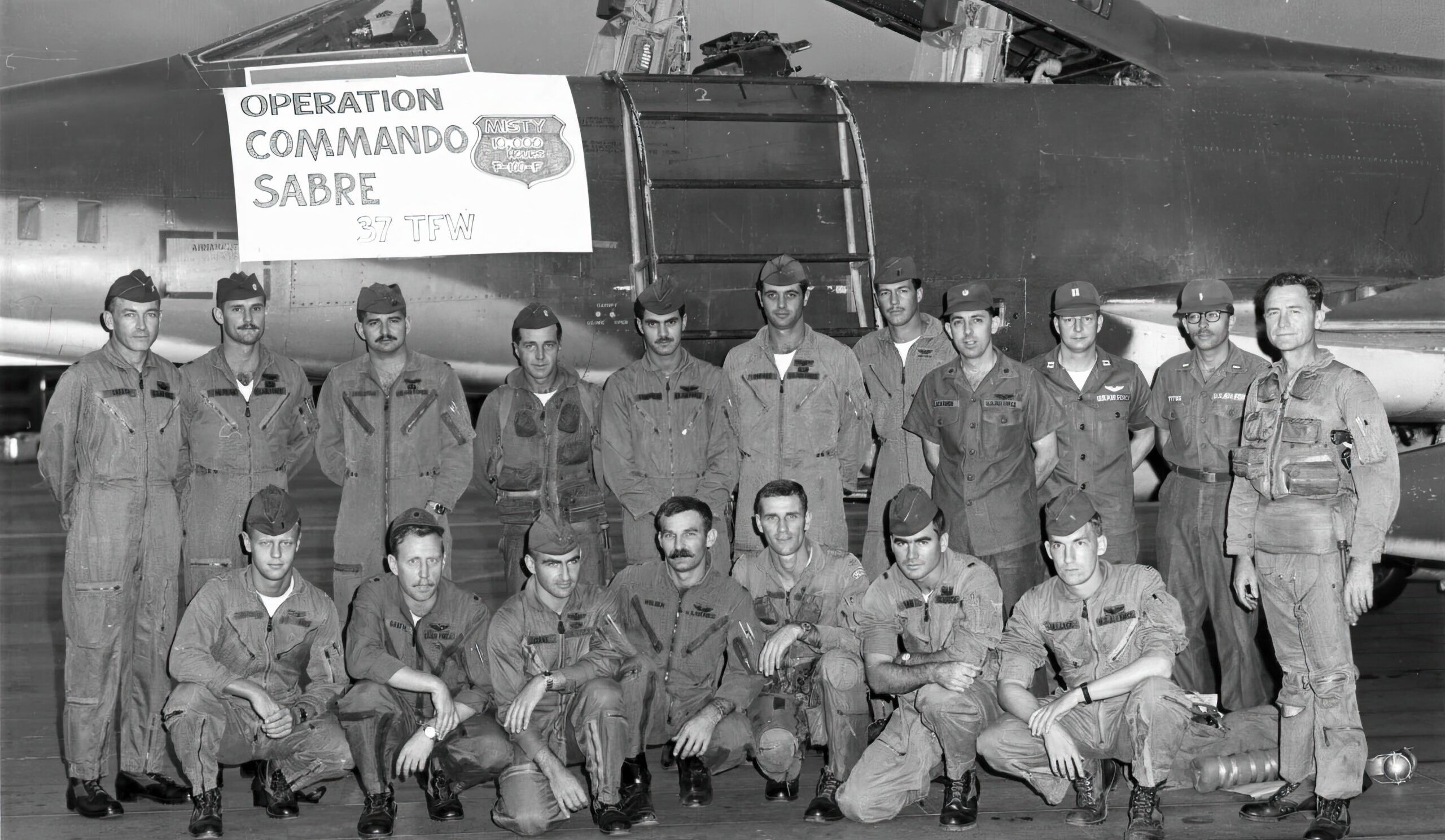
Operation Commando Sabre
The group gathered in June 1967 as Detachment 1, 416th Tactical Fighter Squadron, at Phù Cát Air Base, Vietnam. The official designation of their mission was “Operation Commando Sabre,” with the 16 pilots and four aircraft given the codename “Misty.” Major George E. “Bud” Day was its first commander, while Major William Douglass served as the unit’s first Ops Officer.
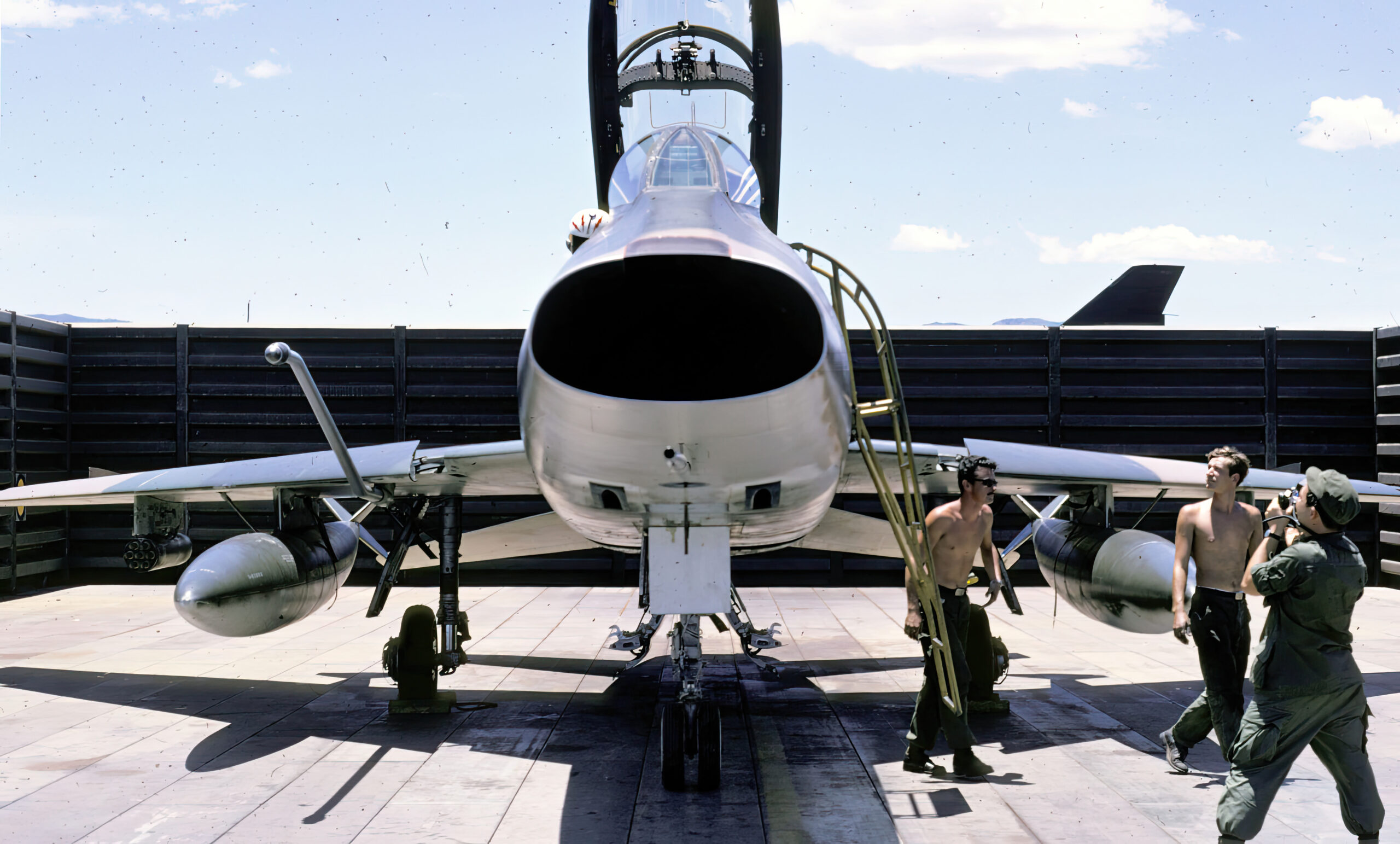
Classified
Given the classified nature of their work, little to nothing is publicly known about these aviators and the work they accomplished. For this reason, the documentary titled “The Misty Experiment” became a passion project for all stakeholders, in other words, the involved filmmakers and the pilots who were interviewed. More than 20 of the unit’s 157 members were interviewed over the span of several years, creating the main template for the film.
Filmmaker Danny L. McGuire had already filmed the majority of the interviews before leaving the project unfinished due to health issues. As a result, production was paused for several years, until filmmaker Ian Adelson was approached by his maternal grandfather Doug Echenberg to complete the project. Echenberg served as a flight surgeon for the unit.
Increased loss
In 1967, weapons and supplies were freely flowing to South Vietnam from the north, boosting the Viet Cong’s war effort and resulting in an increased loss of US aircraft and personnel in the country. As such, it was the newly-formed unit’s job to test out a new air controller concept that would stop the flow of enemy weapons and personnel by spotting targets for aerial attacks.
The initial Misty pilots designed the basic techniques, guidelines, and tactics used by later flyers. They ensured that two pilots flew on each mission, with the front seat pilot flying the aircraft whereas the one in the back occupied himself by responding to radio transmissions, taking photos on a handheld 35mm camera with a telephoto lens, and analysing maps of the area.
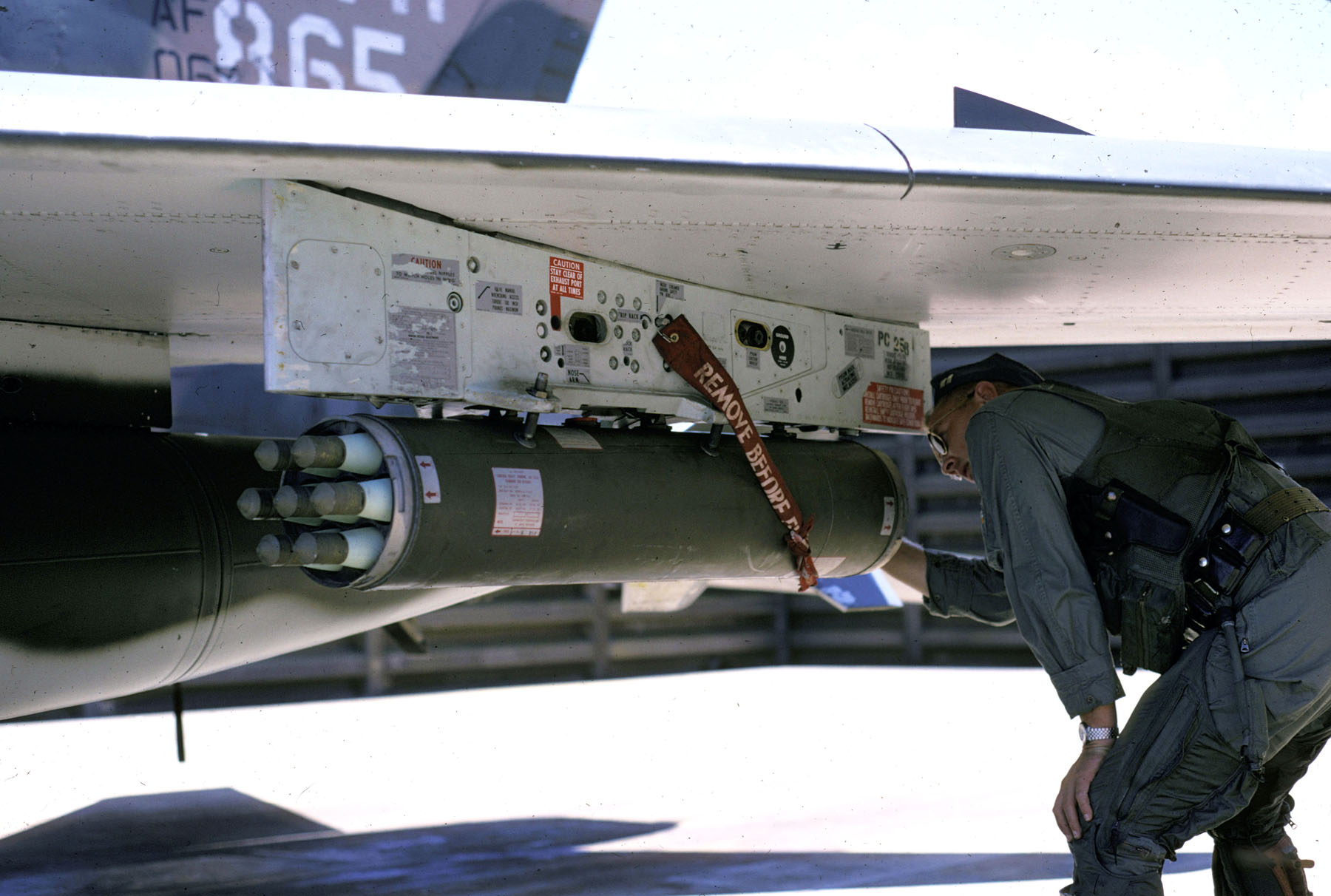
Two seater
To accomplish their missions, Misty pilots flew two-seater F-100F Super Sabre fighter jets, which were significantly faster than their propeller-powered counterparts reaching high speeds between 350 and 550 mph. While flying low over enemy territory along the Ho Chi Minh Trail, they would continually jerk and turn in asymmetric patterns in an effort to render North Vietnamese anti-aircraft weapons as least effective as possible.
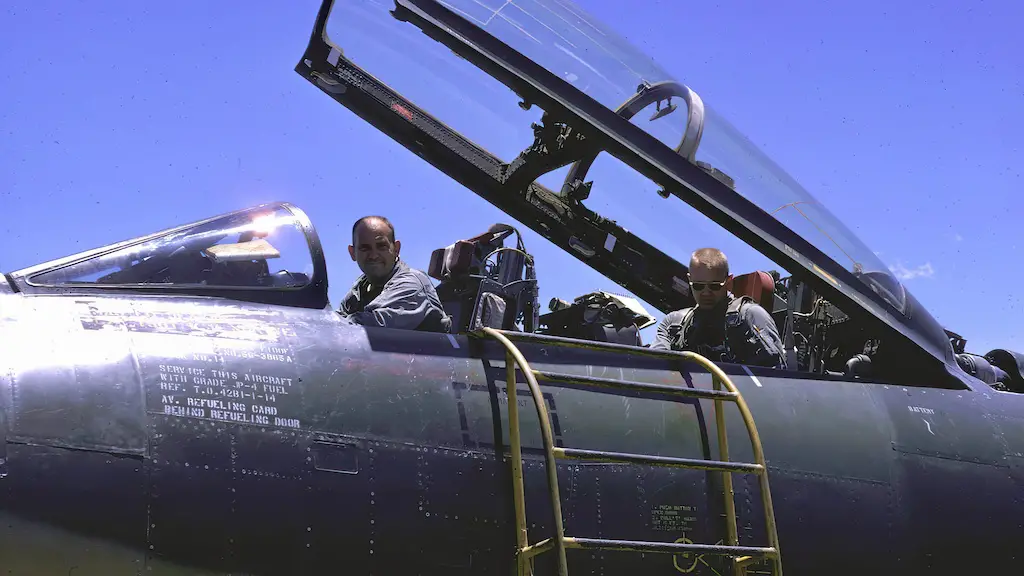
They also dive-bombed over enemy targets, launching smoke bombs to mark their positions for U.S. Air Force and Navy fighter jets, chiefly F-4 Phantom IIs and F-105 Thunderchiefs, to launch strikes. This, paired with their aerial photography, allowed them to map North Vietnamese movements, supply routes, and the locations of anti-aircraft weapons.
Dangerous
Misty missions were of the most dangerous, and the pilots were once told that they were facing the largest amount of anti-aircraft armament since the Second World War, and that’s saying something. The missions were physically exhausting and mentally straining for the crews flying them. Pilots remained on station for up to six hours, during which they temporarily left North Vietnamese airspace to refuel from an aerial tanker. By the end of the program, they were flying a gruelling seven sorties a day.
157 pilots served over the three years the unit existed. However, before it was finally disbanded 34 pilots had been shot down, eight were killed in action, and four became prisoners of war.
